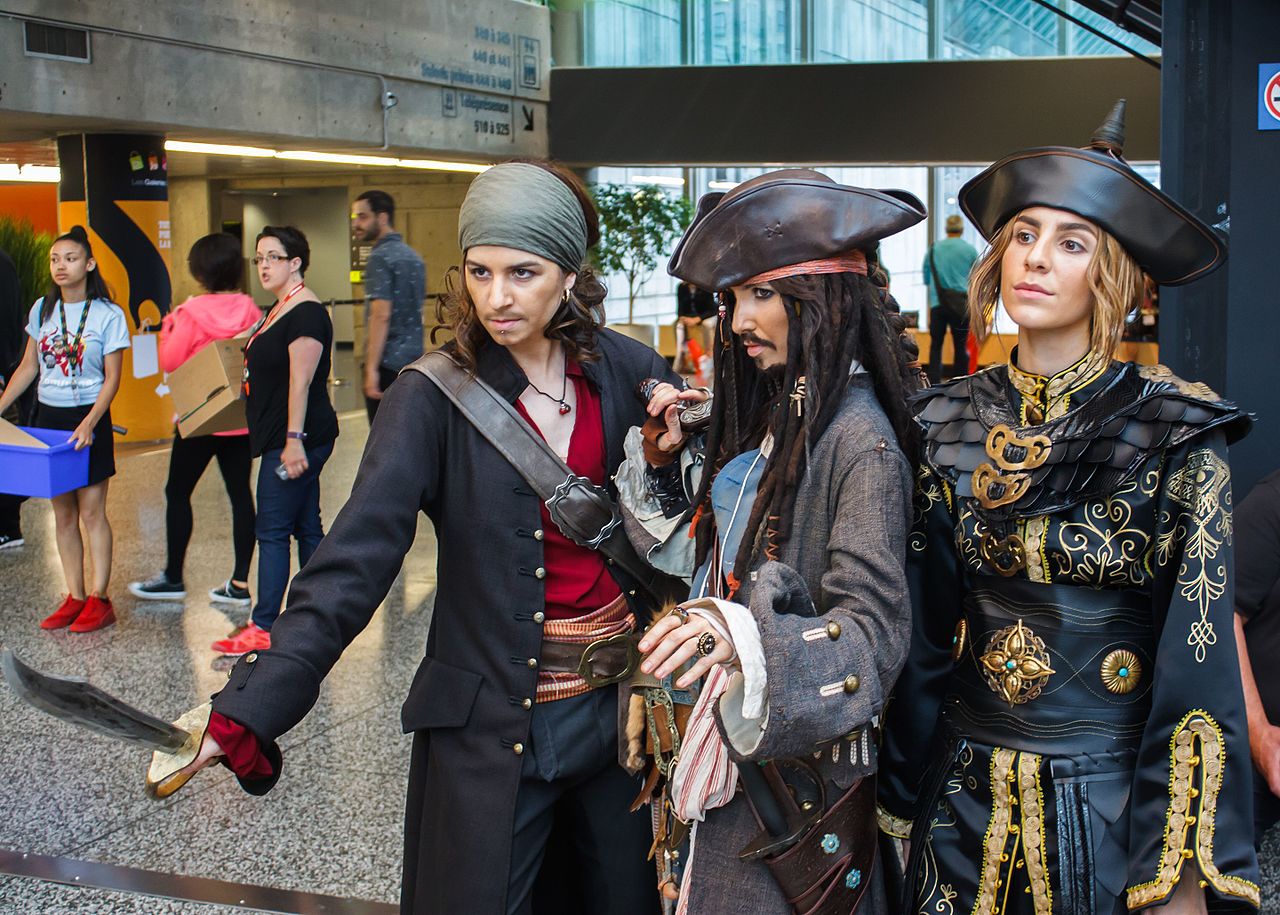
The huge Spanish silver shipments from the New World to the Old attracted pirates and French privateers like François Leclerc or Jean Fleury, both in the Caribbean and across the Atlantic, all along the route from the Caribbean to Seville.įrench pirate Jacques de Sores looting and burning Havana in 1555 In the 16th century, the Spanish were mining extremely large quantities of silver from the mines of Zacatecas in New Spain (Mexico) and Potosí in Bolivia (formerly known as Alto Peru). On the Spanish Main, the key early settlements were Cartagena in present-day Colombia, Porto Bello and Panama City on the Isthmus of Panama, Santiago on the southeastern coast of Cuba, and Santo Domingo on the island of Hispaniola. This gave Spain control of the Americas, a position the Spaniards later reiterated with an equally unenforceable papal bull (The Inter caetera). In the 1494 Treaty of Tordesillas the non-European world had been divided between the Spanish and the Portuguese along a north–south line 370 leagues west of the Cape Verde Islands. The Caribbean had become an important center of European trade and colonization after Columbus' discovery of the New World for Spain in 1492. From 1520 to 1560, French privateers were alone in their fight against the Crown of Spain and the vast commerce of the Spanish Empire in the New World, but were later joined by the English and Dutch.

This officially sanctioned piracy was known as privateering. Piracy was sometimes given legal status by the colonial powers, especially France under King Francis I (r.1515–1547), in the hope of weakening Spain and Portugal's mare clausum trade monopolies in the Atlantic and Indian Oceans. No, a merry Life and a short one shall be my Motto. In an honest Service, there is thin Commons, low Wages, and hard Labour in this, Plenty and Satiety, Pleasure and Ease, Liberty and Power and who would not balance Creditor on this Side, when all the Hazard that is run for it, at worst, is only a sower Look or two at choaking. The following quote by an 18th-century Welsh captain shows the motivations for piracy: In the 16th century, pirate captains recruited seamen to loot European merchant ships, especially the Spanish treasure fleets sailing from the Caribbean to Europe.
/Pirates-of-the-Caribbean-Battle-Scene-56a9533b5f9b58b7d0fa532f.jpg)
Pirates were often former sailors experienced in naval warfare.

Main trade routes prey to 16th-century piracy: Spanish treasure fleets linking the Caribbean to Seville, Manila galleons (after 1568) (white) and Portuguese India Armadas (after 1498) (blue)


 0 kommentar(er)
0 kommentar(er)
